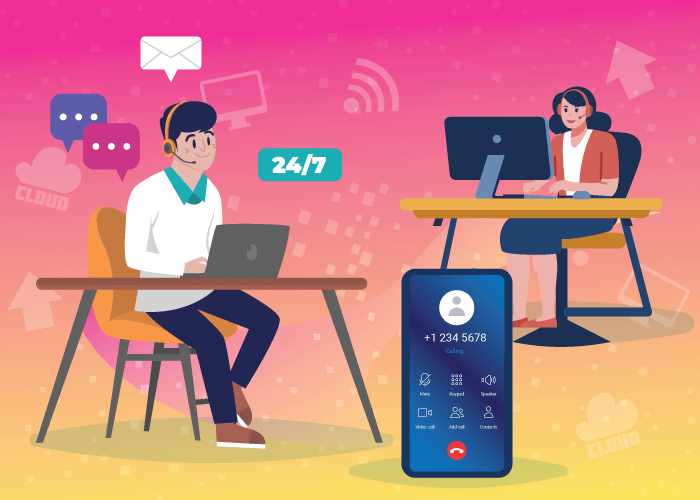Businesses that place more emphasis on their customer service experience are much more likely to see better profits than a company who lets their customer service drop off. This comes from a straightforward idea that people want to be heard and cared for. It is a basic human need that a business can easily provide by ramping up their customer service efforts.
Every business can provide excellent customer service no matter what size their company is. You do not have to be a large corporation to use these tips and tools. From start-ups to small businesses, all companies can benefit from their customer service efforts without spending all of their capital. Here is how to create an excellent customer service experience for your customers.
1. Make the Right First Impression
From the moment that your customer walks into your store, your employees should know how to greet them in a way in which they feel comfortable and cared for. This goes for online businesses as well. Although a live, smiling face won’t greet your customers, they can have a great online experience through original web copy and an easy-to-navigate website.
2. Follow Up
Just like making a good first impression, you must also leave a lasting impact on your customers. This can be done through emails, birthday wishes, Christmas cards, member rewards, and sending out exclusive coupons. Small gestures like these can go a long way in the eyes of your customers.
3. Go Above And Beyond
One way to service your customers is to go above and beyond what your competitors are doing. Some companies provide free tea or coffee for their customers. Others pamper their customers by giving them hot towels and allowing them to relax in meditation rooms. Whatever works for your company and sets you apart will help you stand out and keep loyal clients in the end.
 4. Bring More People Into Your Store
4. Bring More People Into Your Store
If you have a space available that can be rented out during times that you are not usually open for business, do it. Some companies will host movie nights in their stores or provide a place for charity events. These events often attract more people than just your regular customers. It is a great way to be known in your community, and once you are a seen as an essential part of the city, you will see an influx of customers coming in that may not have heard of you before.
5. Respond on Yelp
Yelp and customer review pages on your website should be responded to, no matter what the review is. If a customer leaves a positive review, remember to thank them and maybe let them know when a sale is coming up on an item that they like. It is also equally important to respond to negative reviews. It can make the difference between saving or losing a customer for life.
6. Ensure There’s a Way for Customers to Reach You
Customers want to be able to reach the business that they buy products or services from. So it is essential to have a phone line where your clients and customers can call to speak to a customer service representative. If you cannot afford to have a customer service line open 24/7, then you must set up a voicemail system, and it is also imperative that you call your customers back as soon as you can. If you cannot call them back immediately, be sure to let them know when your office hours are and when the best time to call back will be. With Global Call Forwarding, you can get a virtual phone number that is equipped with voicemail, sequential forwarding for when some employees are out of office, and call recording, which is an excellent tool for learning which customer service techniques work best.
7. Work With What You’ve Got
If you have a smaller business, then you can use that to your advantage. While larger companies have to rely on large customer service teams and automated emails, a smaller company can pick up the phone and speak to their customers directly. They can also send personalized emails and send letters, when needed.










